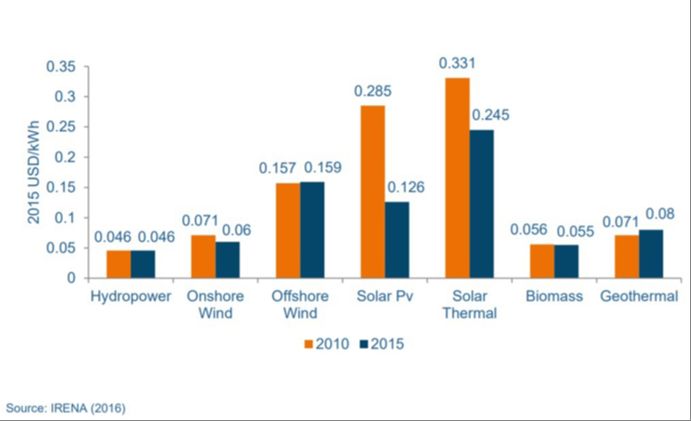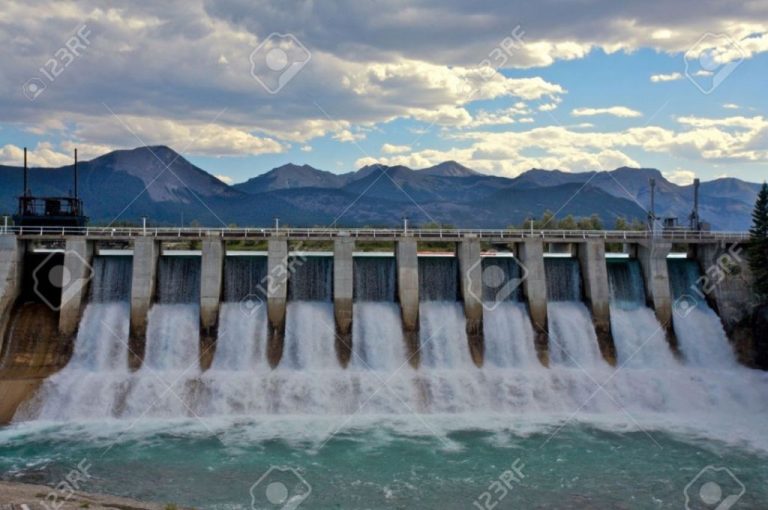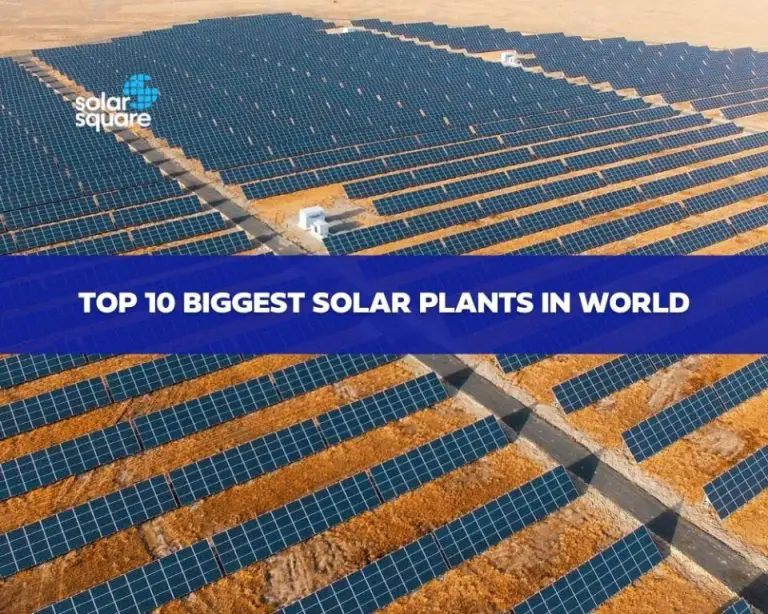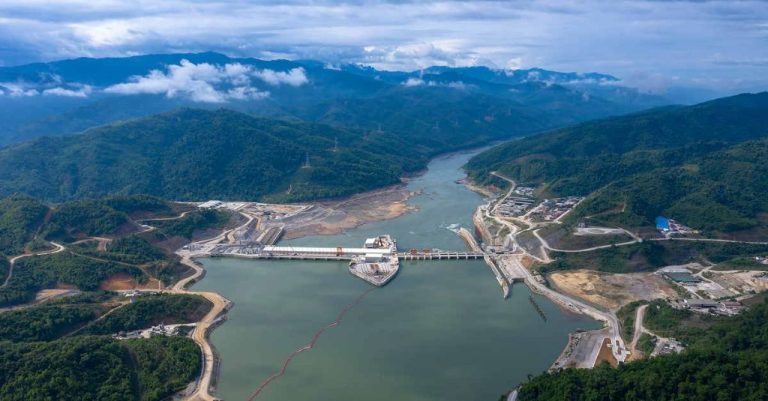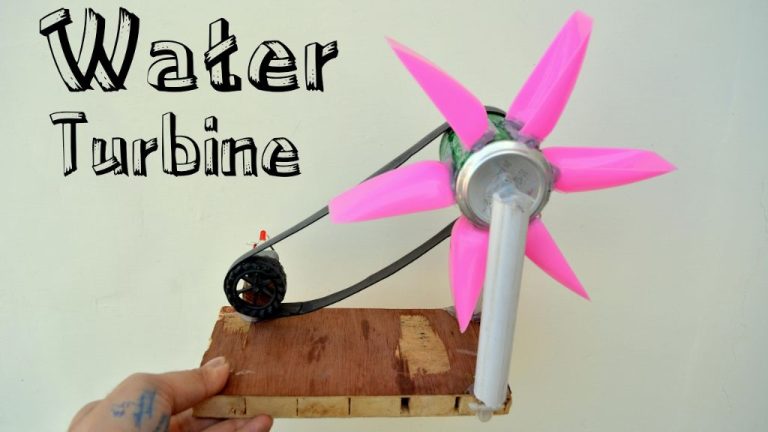Can I Generate Power From A Creek?
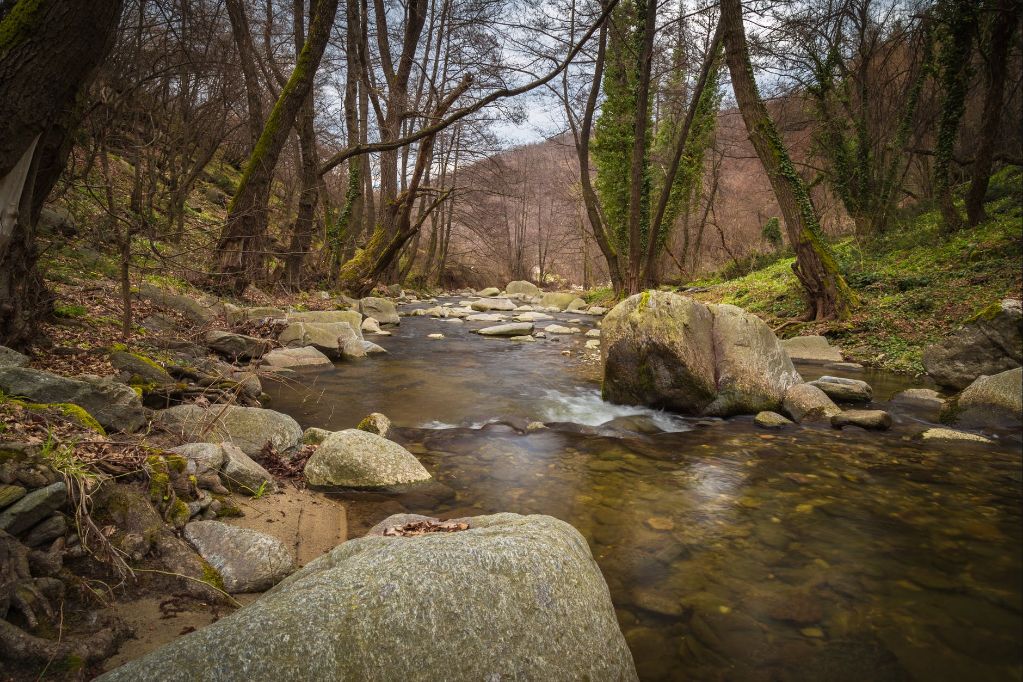
Generating power from a creek entails harnessing the kinetic energy of flowing water by diverting some of it to turn a turbine and generator which then converts the mechanical power into electrical power. With increasing interest in small scale renewable energy, more people are looking into whether small creeks, streams, or rivers near their home could be a source of renewable power generation.
Assessing Your Creek’s Potential
Determining if your creek has the potential to produce hydroelectric power requires assessing several key factors. Most importantly, you’ll need to measure the water flow rate and head height.
The water flow rate, measured in gallons per minute (GPM) or cubic feet per second (CFS), indicates the quantity of water available to generate power. Most residential microhydro systems require a minimum of 100 GPM. The greater the flow rate, the more electricity you can potentially produce.
Head height refers to the vertical drop, or elevation change, of water in the creek. This drop in elevation represents the “pressure” that can be converted into electricity. At minimum, residential microhydro systems need about 1 meter (3 feet) of head, but more height allows greater power output.
You’ll also want to assess that your creek has a consistent flow throughout the year. Seasonal or short-term fluctuations in water flow will impact power production. The steadier the flow, the better.
Turbine Options
There are two main types of hydro turbines used for small scale hydro power generation – impulse and reaction turbines. Impulse turbines utilize the velocity of water to move the turbine, while reaction turbines utilize water pressure. Impulse turbines are generally used for high head, low flow water sources. The most common impulse turbine is the Pelton wheel turbine.
According to the U.S. Department of Energy, “The two most common types of reaction turbines are Propeller (including Kaplan) and Francis.” (https://www.energy.gov/eere/water/types-hydropower-turbines) Reaction turbines like propeller and Kaplan are well suited for lower head, higher flow water sources. Other reaction turbine types like Francis and Turgo can work for a wider range of head and flow conditions.
Crossflow turbines, sometimes called Ossberger turbines, are a middle ground between impulse and reaction designs. They operate efficiently under medium head, medium flow conditions. According to Enel Green Power, “The main difference compared to other solutions is their ability to work efficiently even when the water flow rate varies significantly.” (https://www.enelgreenpower.com/learning-hub/renewable-energies/hydroelectric-energy/hydroelectric-turbines)
Selecting the optimal turbine type will depend on the specific head height and flow rate of your creek or stream. Consulting with hydro power experts is recommended to match the best turbine design to your site conditions.
Power Output Estimates
The power output of a micro-hydro system depends on the flow rate and head height of the creek. The basic power equation is:
Power (Watts) = Flow (gpm) x Head (ft) x Conversion Factor
Where the conversion factor is approximately 8.8.
For example, if the flow rate is 20 gpm and the head height is 10 ft, the power output would be:
Power = 20 x 10 x 8.8 = 1,760 Watts or 1.76 kW
Typical power outputs for micro-hydro systems for a home range from 1 kW to 10 kW. Small creeks with flow rates of 10-30 gpm and head heights of 10-20 ft can realistically produce 1-3 kW. Larger creeks with flow rates of 30-60 gpm and heads of 20-50 ft can potentially produce 5-10 kW (Source 1). The power output must be properly matched to the turbine size and generator (Source 2). Consulting with a professional installer is recommended to properly assess the creek and determine feasible power output.
Permitting and Regulations
There are important regulations to consider when installing a microhydropower system on a creek. Environmental regulations exist to protect wildlife and ecosystems. The main federal laws include the Clean Water Act and the Endangered Species Act. You may need permits from the U.S. Army Corps of Engineers and state agencies like the State Water Resources Control Board in California (1). These agencies will evaluate potential impacts on water quality, flow rates, fish migration, and more. Safety regulations also apply to dam construction and electrical systems. Consult local building codes and electrical codes for specifics. The Federal Energy Regulatory Commission regulates hydropower projects connected to the national grid. But microhydro systems for home or small business use usually don’t require FERC permitting (2).
Fish and Wildlife Considerations
Installing a small hydropower system on a creek can impact local fish and wildlife if not done carefully. Fish screens should be installed on the intake to prevent fish from being drawn into the turbine https://www.ucsusa.org/resources/environmental-impacts-hydroelectric-power. The screen openings should be small enough to block juvenile fish from passing through. Regular maintenance and cleaning of the screens is crucial.
The natural habitat and flow of the creek should be preserved as much as possible. Damming the creek or diverting large amounts of water can negatively impact vegetation, aquatic life, and ecosystems downstream https://www.forbes.com/sites/jeffopperman/2018/08/10/the-unexpectedly-large-impacts-of-small-hydropower/. The system should be designed to allow fish to migrate up and down the creek past the turbine. Bypassed reaches of the creek must maintain adequate depth and flow for fish passage.
Consulting with wildlife agencies is recommended to evaluate potential impacts and mitigation strategies. Careful site selection, design, and operation can allow small hydropower generation with minimal disruption to sensitive ecosystems.
System Components
The main components of a microhydropower system are the turbine, generator, and controls. The type of turbine selected depends on the head (vertical drop) and flow rate of the creek. Common turbines for small-scale hydro include Pelton wheels, Turgo turbines, and cross-flow turbines (SOURCE). The turbine converts the kinetic energy of flowing water into rotational energy to spin a generator. Generators convert this mechanical energy into electrical energy. Standard AC generators can be used, but permanent magnet alternators are often preferred for their simplicity and low cost (SOURCE).
Controls regulate the load and flow of the system. Components like rectifiers, inverters, and voltage regulators help condition the power for connection to batteries or the grid. Transmission lines carry electricity from the generator to point of use or interconnection. The distance will determine if higher distribution voltages are needed to minimize line losses.
Installation
Once you have acquired all of the necessary components for your microhydro system, the next step is to install and assemble everything. This involves three main tasks:
– Creek diversion. A diversion structure made of concrete, plastic or metal is used to redirect a portion of the creek’s flow through your turbine. This must be carefully engineered to divert just the right amount of water to maximize power production. See this resource for tips on designing your diversion structure: [1]
– Turbine mounting. The turbine must be securely mounted in the diversion structure or in a separate enclosure called a turbine house. Proper alignment with the water flow is critical for optimal performance. The turbine mounting system must also have a way to adjust the turbine position if needed. Consult your turbine manufacturer’s recommendations for mounting specifics.
– Wiring. All of the electrical components like the turbine, generator, batteries, inverter etc. need to be wired together properly. Use the appropriate gauge copper wire for your system size and follow all electrical code requirements. Waterproof connections and conduits as much as possible.[2]
Work carefully during installation to create a safe, efficient and long-lasting microhydro system. Get all necessary permits and have the system inspected before full operation.
[1] https://www.energy.gov/energysaver/planning-microhydropower-system
[2] https://attra.ncat.org/publication/micro-hydro-power-a-beginners-guide-to-design-and-installation/
Maintenance
Proper maintenance is crucial for small hydropower systems to operate efficiently over time. Two key maintenance considerations are turbine wear and debris management.
Turbines are subject to wear and tear over time, especially the bearings, seals, and moving parts. Routine inspections and lubrication help reduce friction and ensure the turbine maintains optimal performance. Replacing worn parts before failures occur is advised. According to the Department of Energy, well-maintained turbines can have service lifetimes of over 50 years. 1
Managing debris is also important, as buildup can clog intakes and damage equipment. Screens and grates should be regularly checked and cleaned. During high water flows after storms, extra debris precautions may be needed. Keeping the water intake free of obstructions maximizes energy output.
Upkeep costs for a small hydropower system may range from 1-5% of the initial system cost per year. Routine maintenance like inspecting components and lubricating parts can often be done by the owner. More complex turbine repairs may require a specialist. Overall though, small hydropower systems are designed to operate with minimal maintenance needs.
Costs
Installing a micro-hydro power system on a creek can require a significant upfront investment, but the system can pay for itself over time. The main costs include purchasing the equipment, installation, and ongoing maintenance.
According to Green Living Nation, the installed cost for a micro-hydro system is typically $4,000 to $6,000 per kilowatt generated [1]. So a 5 kW system would cost $20,000 to $30,000. The largest expenses are the turbine, generator, controls, and power lines.
Installation costs depend on the site’s accessibility but generally run a few thousand dollars. This includes labor for civil works like intake, penstock, and powerhouse construction. Annual maintenance costs range 1-3% of the initial system cost.
With average residential electricity prices around $0.13/kWh, a 5 kW micro-hydro system generating around 22,000 kWh annually could provide over $2,800 in annual electricity savings. This results in a payback period of 7-12 years when factoring in the system cost and expected maintenance [2].

